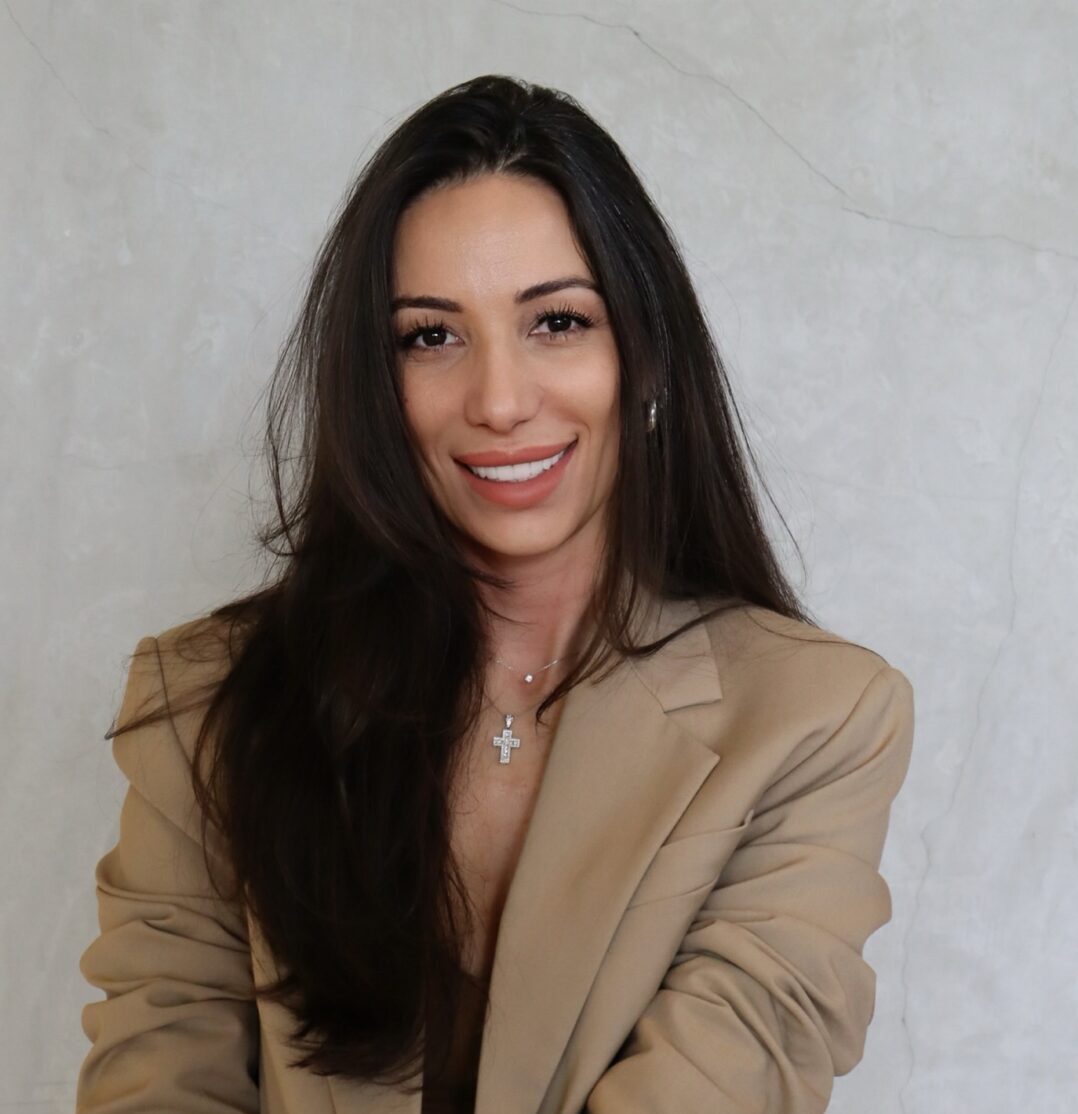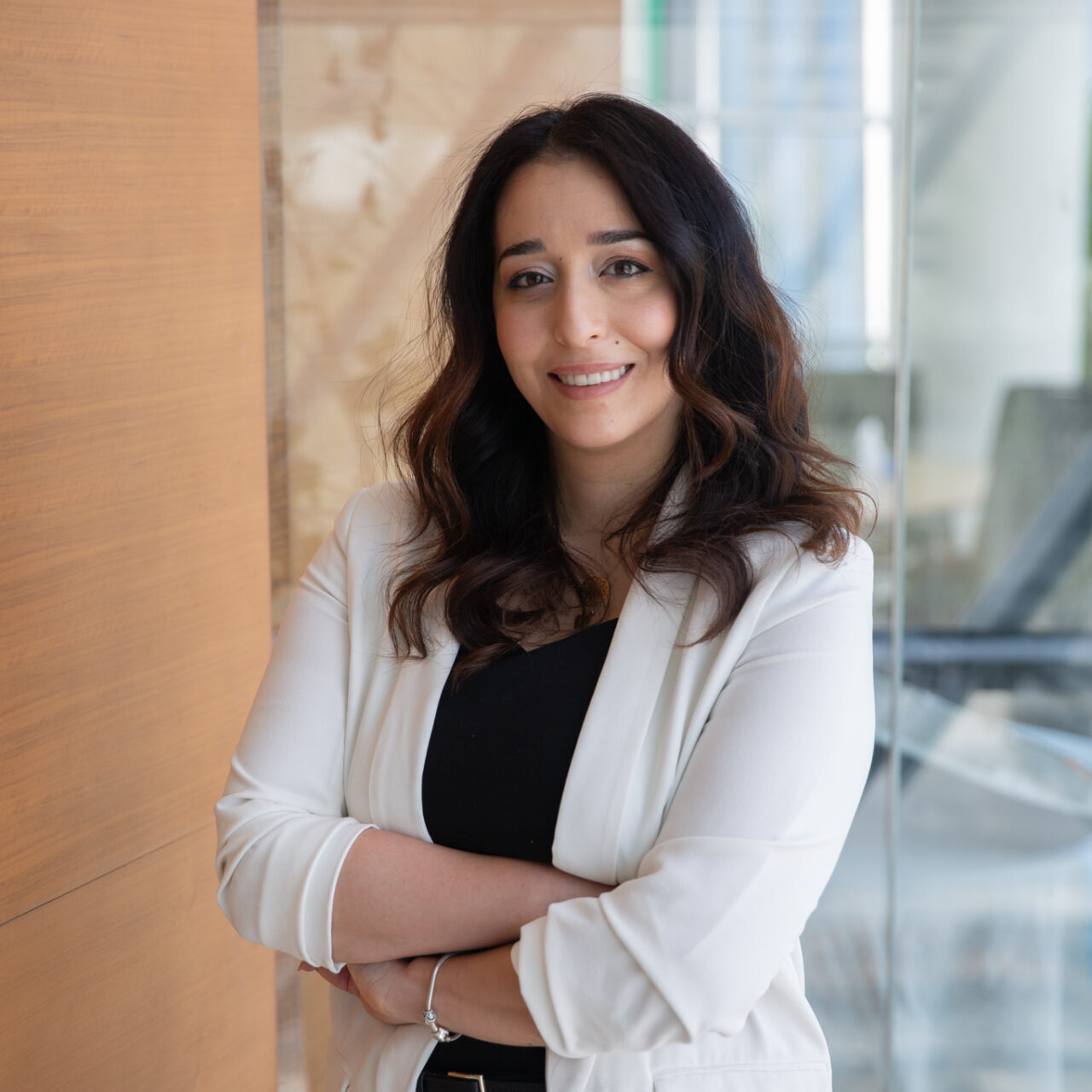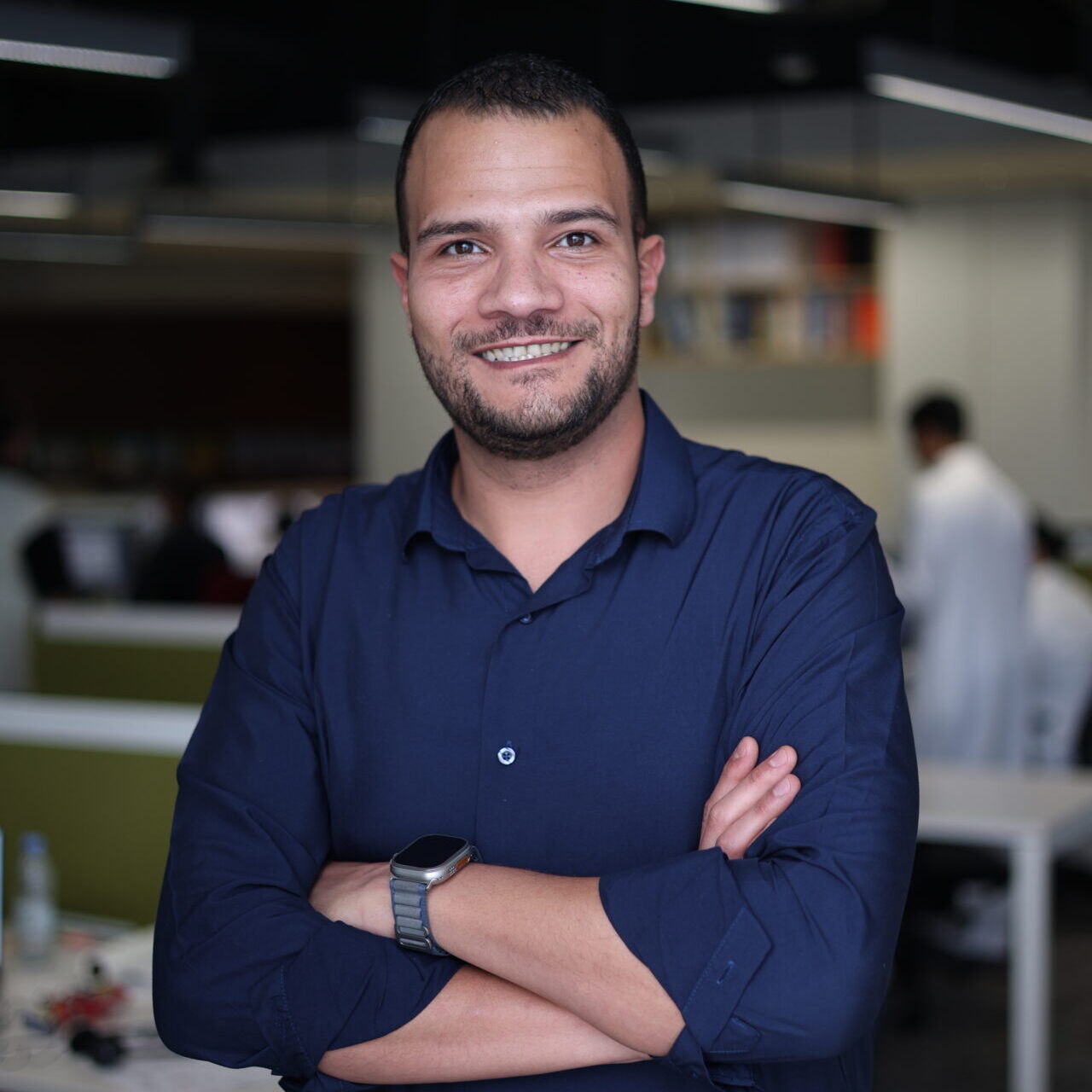
Rania Tawk is a Senior Interior Designer at Omrania. She believes in the importance of collaboration across disciplines, creativity, and sustainability to deliver high-quality, functional, and user-centric design solutions that meet both client expectations and technical requirements.
What inspired you to pursue a career in interior design, and how has your journey led you to Omrania?
From a young age, I was fascinated by how spaces influence emotions and functionality. This passion led me to study interior design and gain 16 years of experience working on diverse projects across residential, commercial, and hospitality sectors. Over the years, I developed a strong foundation in design development, material selection, and project coordination. Joining Omrania was a natural step in my career, as I was drawn to the firm’s reputation for delivering high-quality, sustainable, and innovative designs. The opportunity to work on prestigious projects and collaborate with a talented multidisciplinary team has further enriched my expertise.
How would you describe your role as a Senior Interior Designer at Omrania?
As a Senior Interior Designer, my role involves overseeing the design process from concept to execution. I collaborate closely with architects, engineers, and sub-consultants to ensure that our designs align with both the client’s vision and technical requirements. My responsibilities include:
- Developing and refining design concepts
- Selecting materials and finishes
- Ensuring seamless coordination between disciplines
- Reviewing design documents and presentations
- Guiding junior designers and providing mentorship
Additionally, I participate in client meetings, presentations, and design reviews to maintain the highest standards of quality.
What aspects of interior design do you enjoy the most, and how do you incorporate them into your projects?
I enjoy the problem-solving aspect of design—creating spaces that are both aesthetically pleasing and highly functional. Material selection is another passion of mine, as the right textures and finishes can transform a space.
To incorporate this into my projects, I prioritize:
- A user-centric approach, ensuring designs enhance comfort and efficiency
- A balance between aesthetics and functionality, so spaces are visually appealing yet practical
- Sustainability, by integrating eco-friendly materials and strategies for projects aiming for LEED and WELL certification
What has been your most memorable project at Omrania, and what made it special?
One of my most memorable projects was the ACWA Power headquarters. This project was particularly challenging due to a demanding client and tight coordination requirements. However, it was a valuable learning experience. I worked step by step with multiple disciplines, ensured smooth collaboration, and successfully delivered the project to high standards.
Additionally, I was responsible for material selection, coordination with sub-consultants, and client presentations, which strengthened my ability to manage complex projects.
How do you approach balancing creativity, functionality, and client expectations in your designs?
I follow a structured process to ensure a balanced outcome:
- Understanding the client’s needs: Through detailed discussions and research, I ensure the design reflects their vision and operational requirements.
- Creative problem-solving: I develop innovative yet practical solutions that enhance the user experience.
- Technical feasibility: I ensure that the designs meet building codes, regulations, and sustainability requirements.
- Iterative feedback: Regular reviews with clients and stakeholders help refine the design while maintaining creativity and practicality.
What design elements or materials do you find most exciting to work with?
I find natural materials like wood, stone, and sustainable textiles exciting because they add warmth and character to a space. I also enjoy working with biophilic elements, integrating greenery into interiors to enhance well-being.
For example, in the ACWA Power headquarters, I selected plants such as Monstera Deliciosa, Fan Palm, and Small Olive Trees, contributing to WELL certification points while creating a fresh, inviting atmosphere.
How do you collaborate with architects and other teams at Omrania to create cohesive designs?
Collaboration is key to successful projects. I ensure alignment with other disciplines through:
- Regular coordination meetings to align design intent with architectural and engineering requirements
- Proactive communication with architects, MEP, and structural teams to address potential clashes early
- Reviewing drawings and specifications to ensure consistency across all project stages
- Utilizing BIM and 3D modeling tools for better visualization and integration
What challenges do you face in large-scale interior projects, and how do you overcome them?
Large-scale projects come with challenges such as:
- Complex coordination: I overcome this by maintaining detailed documentation and proactive communication with all stakeholders.
- Client expectations and revisions: I manage this by presenting clear design rationales and multiple options, helping clients make informed decisions.
- Tight deadlines: I prioritize tasks efficiently and ensure smooth collaboration among team members.
How has working at Omrania helped you grow as a designer?
Omrania has provided me with the opportunity to work on high-profile projects, refining my ability to handle complex design challenges. I have also gained experience in leading teams, mentoring juniors, and collaborating across disciplines, which has strengthened my leadership skills.
Additionally, working with professionals from diverse backgrounds has expanded my design perspective, allowing me to integrate new trends, technologies, and sustainable strategies into my work.







